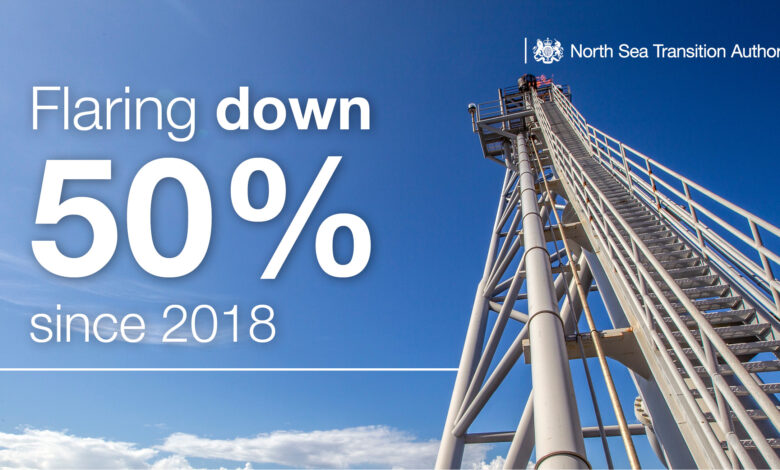Flaring in the North Sea fell to just 22 bcf in 2022

North Sea flaring has been cut in half following four consecutive years of reductions, according to the North Sea Transition Authority (NSTA). In 2022, offshore flaring fell by 13% to 22 billion cu ft (bcf) of gas, contributing to a total decrease of 50% since 2018, when volumes totaled 44 bcf. About a fifth of emissions from North Sea oil and gas production activities come from flaring.
The NSTA started benchmarking flaring performance in 2020 and the following year issued guidance stating that all new developments should have no routine flaring and venting, with zero routine flaring across all North Sea platforms, whether new or existing, by 2030 at the latest.
Operators have made substantial investments in equipment designed to minimize flaring, namely flare gas recovery units, each estimated to save up to 22 tonnes of flared gas per day.
Production operations coming to an end on older platforms with higher emissions has also contributed to the drop in flaring in recent years, though last year’s reduction in flaring was still against a backdrop of a 17% rise in gas production.
Meanwhile, venting, when gas is released without being burned, went up by 5% to 2.9 bcf in 2022, having been at particularly low levels in mid-2021 due to prolonged maintenance shutdowns across multiple platforms, timed to coincide with work to upgrade major pipelines. Venting represents about 0.15% of total UK greenhouse gas emissions and less than 5% of North Sea production emissions




